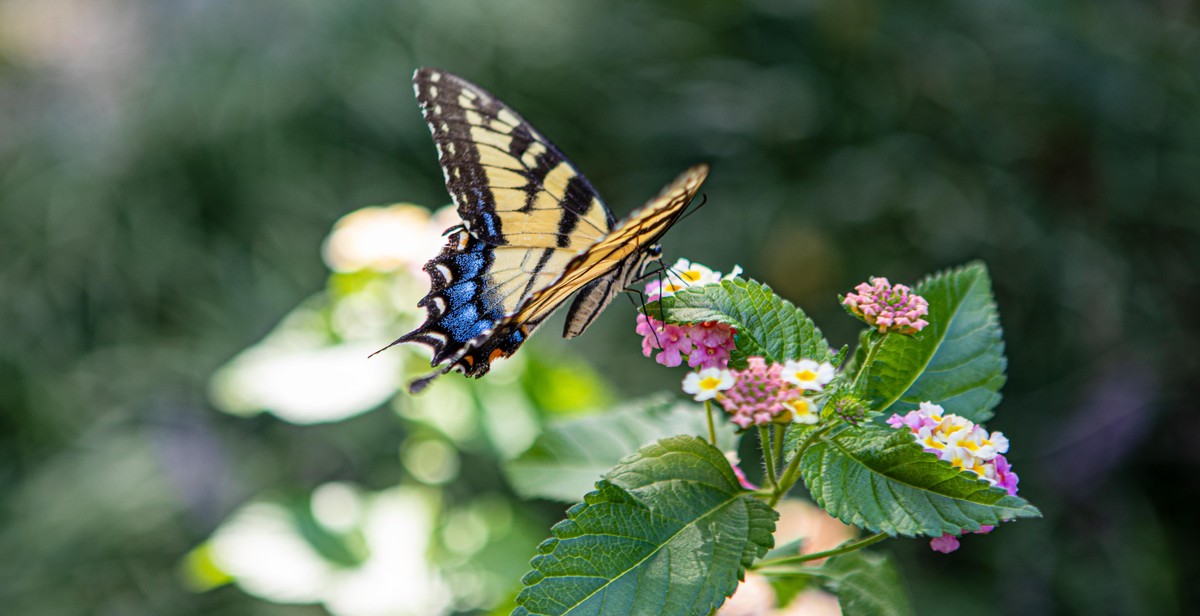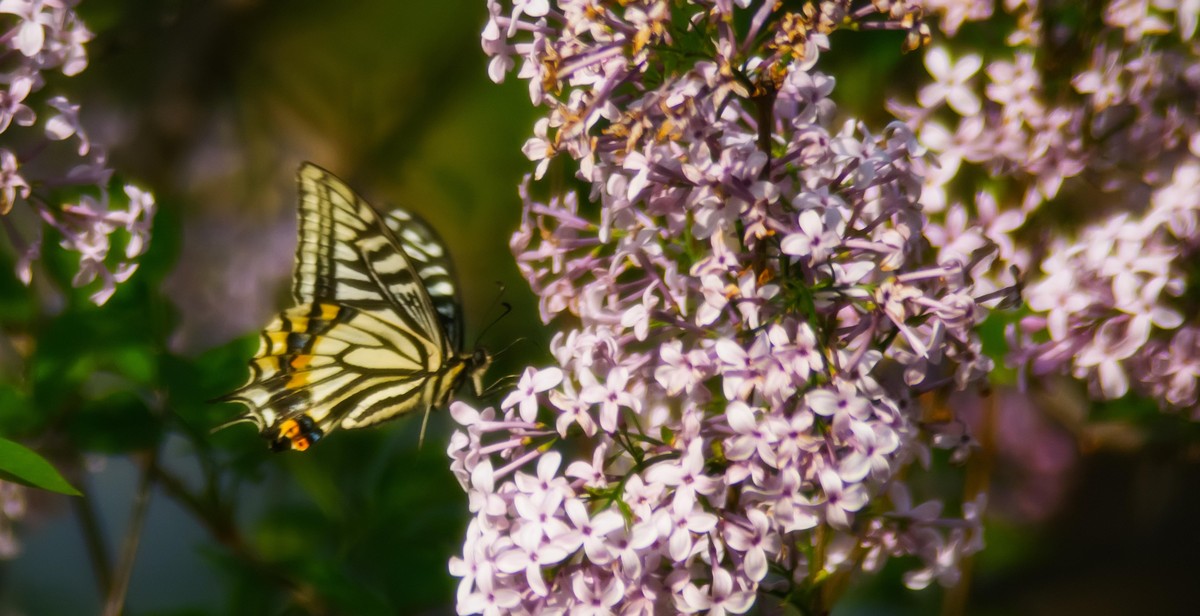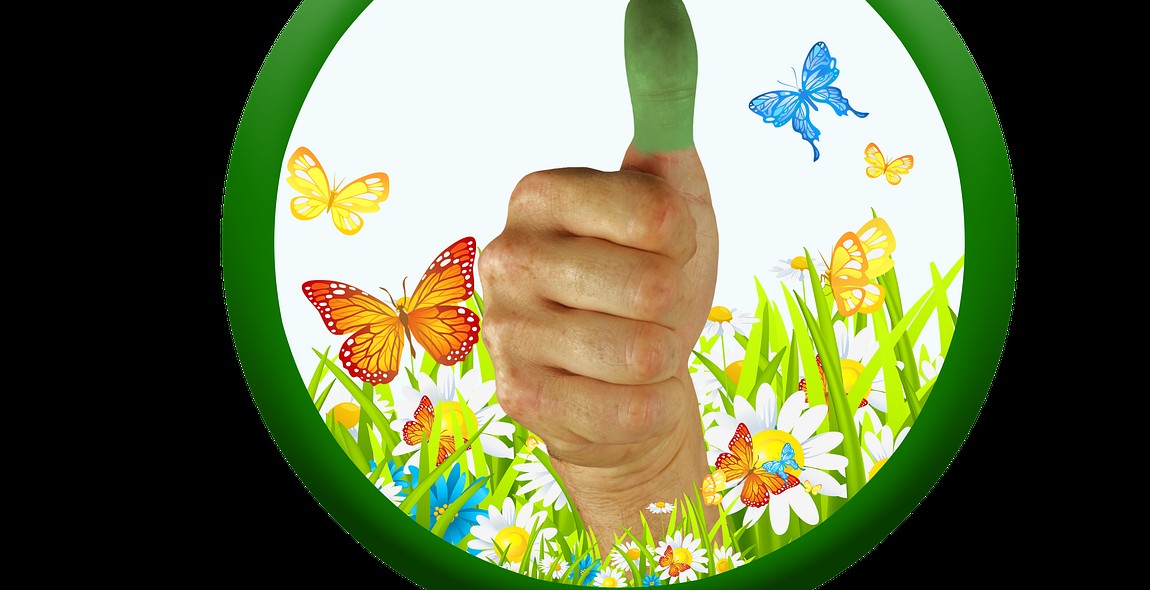How to Design a Butterfly Garden: Attracting and Nurturing Butterflies in Your Yard
Butterflies are not only beautiful creatures but also vital to our ecosystem. They are important pollinators and serve as indicators of the health of our environment. If you want to attract and nurture butterflies in your yard, creating a butterfly garden is the perfect way to do so.
What is a Butterfly Garden?
A butterfly garden is a garden specifically designed to attract and support butterfly populations. It’s a garden that provides food, shelter, and breeding opportunities for butterflies. A well-designed butterfly garden can attract a variety of butterfly species, including monarchs, swallowtails, and painted ladies.
Creating a butterfly garden is not only beneficial for the environment, but it’s also a great way to add beauty and vibrancy to your yard. If you’re interested in designing a butterfly garden, this article will guide you through the process.
In this article, we’ll cover:
- The benefits of a butterfly garden
- The basics of designing a butterfly garden
- The best plants to attract butterflies
- How to maintain your butterfly garden for optimal success
By the end of this article, you’ll have all the knowledge and tools you need to create a stunning butterfly garden that will attract and nurture these beautiful creatures in your own backyard.

Step 1: Choose the Right Location
Designing a butterfly garden requires careful consideration of the location. The right location will provide the necessary conditions for butterflies to thrive, while the wrong location can make it difficult for them to survive. Here are some factors to consider when choosing the right location for your butterfly garden:
Consider the Sun Exposure
Butterflies are cold-blooded creatures and need warmth from the sun to regulate their body temperature. Therefore, it is important to choose a location that receives plenty of sunlight. Look for an area that is exposed to at least 6 hours of sun each day. If you live in a hot climate, make sure there is some shade available for the butterflies to cool off.
Assess the Soil Quality
Butterflies need access to nectar and other food sources, so it is important to choose a location with good soil quality. The soil should be well-drained and nutrient-rich. If your soil is poor, consider adding compost or other organic matter to improve its quality.
Evaluate Wind Conditions
Butterflies are delicate creatures and can be easily blown away by strong winds. Choose a location that is sheltered from strong winds, such as near a fence or wall. If your garden is in a windy area, consider planting windbreaks such as shrubs or trees to protect the butterflies.
By considering these factors, you can choose the right location for your butterfly garden and provide the ideal conditions for butterflies to thrive.

Step 2: Select the Right Plants
Choosing the right plants is crucial when designing a butterfly garden. Here are some tips to help you select the best plants:
Choose Native Plants
Native plants are the best choice for a butterfly garden because they are adapted to the local climate and soil conditions. They also provide the right kind of food and habitat for the local butterfly population. Non-native plants may not support the native butterfly species, and may even become invasive and harm the local ecosystem.
Select Plants that Attract Butterflies
Butterflies are attracted to flowers that are brightly colored, have a strong fragrance, and produce nectar. Some of the best plants for attracting butterflies include:
- Milkweed
- Butterfly bush
- Black-eyed Susan
- Coneflower
- Liatris
- Phlox
- Zinnia
It’s important to have a variety of plants that bloom at different times of the year so that there is always a source of food for the butterflies.
Plant Milkweed
Milkweed is essential for the survival of monarch butterflies, as it is the only plant that monarch caterpillars can eat. By planting milkweed in your butterfly garden, you can help support the monarch population. Some popular varieties of milkweed include:
| Common Name | Scientific Name |
|---|---|
| Butterflyweed | Asclepias tuberosa |
| Swamp Milkweed | Asclepias incarnata |
| Common Milkweed | Asclepias syriaca |
By selecting the right plants for your butterfly garden, you can create a beautiful and thriving habitat for butterflies in your yard.
Step 3: Provide Food and Water Sources
Butterflies require both food and water to survive and thrive in your garden. Providing these essential resources will attract a variety of butterfly species and ensure they stick around for longer periods of time.
Offer Nectar Sources
Nectar is the primary food source for adult butterflies, and providing a variety of nectar-rich flowers will help attract a diverse range of species. When selecting plants, choose those with bright colors and a variety of shapes and sizes. Some popular options include:
- Butterfly bush
- Milkweed
- Zinnias
- Coneflowers
- Black-eyed Susans
Be sure to plant flowers that bloom at different times throughout the season to provide a consistent food source for butterflies. Deadheading spent blooms will also encourage plants to produce more flowers and extend the blooming period.
Provide Water Sources
Butterflies also need access to water, which they typically obtain from damp soil or shallow pools of water. You can create a simple butterfly water station by filling a shallow dish or bird bath with water and placing a few flat rocks or pebbles inside for butterflies to perch on while drinking.
It’s important to keep the water fresh and clean to prevent the spread of disease. Change the water every few days and rinse the container with hot water to remove any debris or bacteria.
By providing both nectar-rich flowers and a reliable source of water, you can create a welcoming habitat for butterflies in your garden.

Step 4: Create a Butterfly-Friendly Environment
Creating a butterfly-friendly environment in your yard is crucial to attract and nurture these beautiful creatures. Here are some tips to help you create a perfect butterfly habitat:
Avoid Using Pesticides
Butterflies are extremely sensitive to pesticides, and exposure to these chemicals can be fatal to them. Therefore, it is essential to avoid using pesticides in your butterfly garden. Instead, opt for natural pest control methods such as companion planting, handpicking pests, and using organic insecticides.
Provide Shelter and Protection
Butterflies need shelter and protection from predators and harsh weather conditions. You can provide shelter by planting a variety of native plants that offer different levels of cover. Also, consider adding a butterfly house or a sheltered area where butterflies can rest and seek refuge.
In addition, you can provide protection by placing a fine mesh netting over the plants to prevent birds and other predators from attacking the delicate butterflies.
Plant Host and Nectar Plants
Another essential element of a butterfly-friendly environment is the presence of host and nectar plants. Host plants are the ones where butterflies lay their eggs, and the caterpillars feed on the leaves. Nectar plants, on the other hand, provide a source of food for adult butterflies.
Some examples of host plants include milkweed, parsley, and dill, while nectar plants include butterfly bush, coneflower, and zinnia.
Conclusion
By following these tips, you can create a butterfly-friendly environment that not only attracts these beautiful creatures but also provides them with the necessary shelter, protection, and food to thrive.

Step 5: Maintain Your Garden
Creating a butterfly garden is not just about planting beautiful flowers and attracting butterflies. It is also about maintaining the garden to ensure the butterflies have a healthy and safe environment to thrive in. Here are some tips for maintaining your butterfly garden:
Clean Up Fallen Leaves and Debris
Butterflies are attracted to clean and well-maintained gardens. Fallen leaves and debris can create a breeding ground for pests and diseases that can harm your plants and butterflies. Regularly clean up any debris and fallen leaves in your garden to keep it tidy and healthy.
Prune and Deadhead Plants
Pruning and deadheading your plants will help to promote new growth and encourage blooming. It will also prevent any dead or diseased areas from spreading to other parts of the plant or garden. This will keep your garden healthy and attractive to butterflies.
Monitor for Pest and Disease
Butterflies are very sensitive to pesticides, so it is important to monitor your garden for pests and diseases and use natural methods to control them. You can use natural predators like ladybugs or release beneficial insects like praying mantis to control pests. Also, keep an eye out for any signs of disease and remove any infected plants immediately to prevent the spread.
By following these simple steps, you can maintain a healthy and beautiful butterfly garden that will attract and nurture butterflies for years to come.

Conclusion
Designing a butterfly garden is not only a fun and rewarding activity but also an important step towards preserving the natural habitat of these beautiful creatures. By following the tips and guidelines outlined in this article, you can create a garden that will attract and nurture butterflies in your yard.
Remember to choose the right plants, provide a water source, and avoid using harmful pesticides. You can also add decorative elements such as butterfly feeders and houses to enhance the beauty of your garden and provide a safe haven for these delicate creatures.
Creating a butterfly garden is not only beneficial for the environment but also for your own well-being. Spending time in nature has been shown to reduce stress and improve mental health. So, why not take this opportunity to connect with nature and create a beautiful space for yourself and the butterflies?
With a little bit of planning and effort, you can design a butterfly garden that will provide a home for these delicate creatures and bring joy and beauty to your yard for years to come.
| Key Takeaways: |
|
